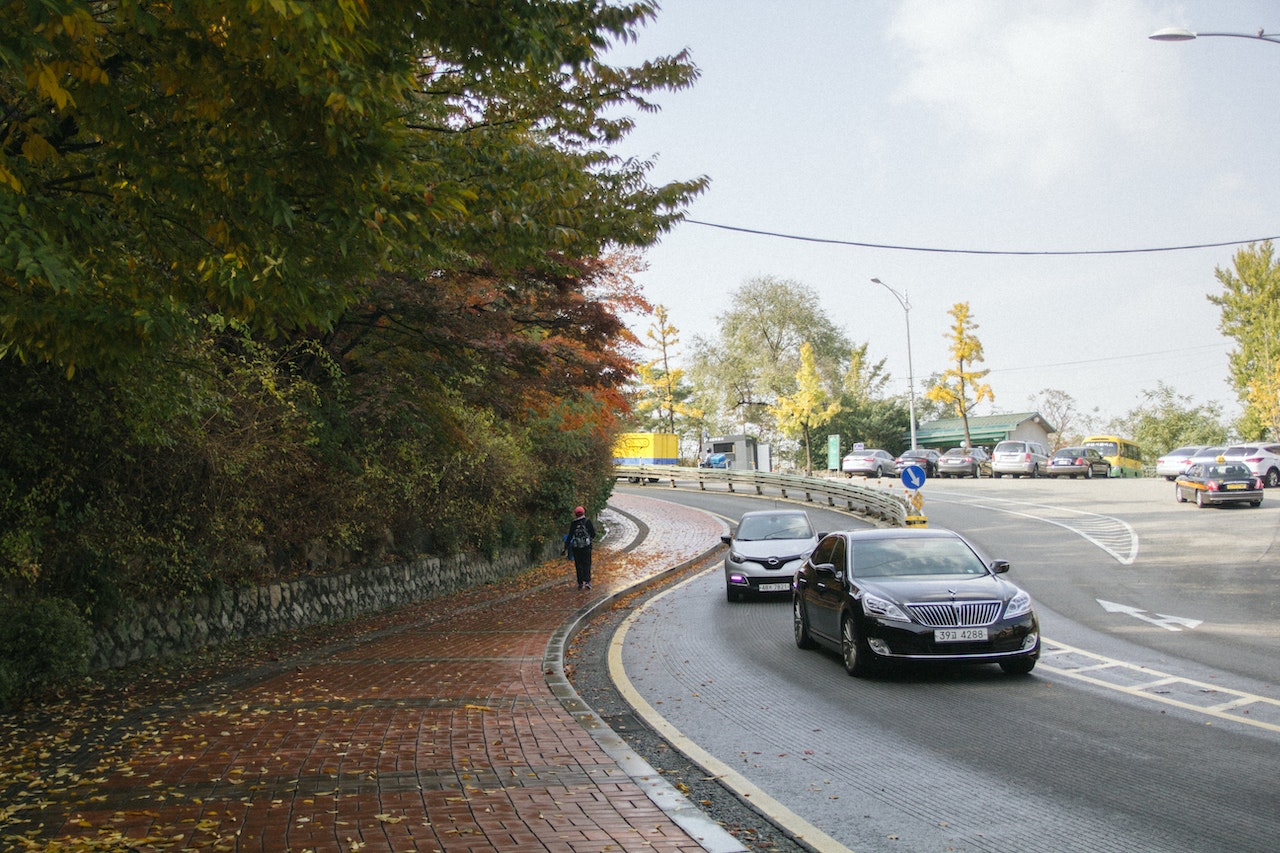City blocks are discrete sections of streets within an urban area that make navigation simpler for both drivers and pedestrians alike. Their grid design also makes them accessible.
Many are curious to know the length and distance between city blocks. Luckily, they’re standard measurement units making distance calculations simple.
Table of Contents
The Length of a City Block can Vary from one City to Another.
A city block can vary widely depending on its layout and how people access the streets, as well as depending on its population and type. A larger city will typically contain more blocks due to more buildings and people needing housing, plus longer blocks may need to accommodate for increased traffic flow in that city.
The length of blocks can depend on the terrain that is being measured; mountainous regions will likely have fewer blocks per mile than flat cities; it is important to remember, though, that length does not typically include distance traveled between individual blocks.
United States cities feature many unique city blocks of different sizes and shapes. Certain cities, like New York and Chicago, provide specific measurements for their blocks – in New York for instance, one block is generally equivalent to 1/20th of a mile long; hence 20 such blocks would equal one mile.
Also read: How Far Away Is Voyager 1? Learn These 4 Facts.
Other cities use different measurements, such as 8 blocks to a mile. Knowing this number allows for proper planning; also useful is knowing how long it will take you to walk a set number of blocks; knowing this could help guide your next vacation decision-making.
The Length of a City Block is Determined by the Layout of the City’s Streets.
Many cities around the world employ grid systems for street layout, making it easier for pedestrians to navigate them on foot. Furthermore, this helps prevent roads from intersecting at odd angles that would be challenging to manage under traditional block-style street patterns.
However, city block length can differ significantly depending on both its size and how it has developed over time. Preexisting buildings and street layout also play an influential role.
Example: When cities are built on hills, their blocks may be longer than in flat areas and it may be challenging for visitors unfamiliar with the area to navigate from one point to another.
Sometimes tools are useful when measuring the distance of a city block. For instance, some pedometers and fitness trackers feature that gives an estimate of how far you have traveled by letting you know how long it took you. Simply wear it while walking a city block for accurate readings on its distance.
Maps can also help you estimate the distance of a city block. Most maps will include approximate block length estimates for different sections of each city; for instance, in New York a standard block measures 311 feet long – walking eight north-south blocks will cover 1 mile.
The Length of a City Block is Determined by the Size of the City.
City blocks vary in length depending on which city they’re in, with most being approximately 330 feet in length – enough for a moderate pace walk of 3 to 5 minutes at an easy pace. When calculating how far one block is away, remember to account for factors like city size when making calculations.
City blocks are an essential component of urban planning, serving to measure distance between two locations. No matter your mode of transport – car, train or bus – knowing how many city blocks it will take to get to where you’re heading will ensure that enough time is allowed for travel to arrive and avoid getting caught in traffic jams.
City blocks are units of land that contain buildings and streets in their boundaries. Their length and width depend on the size of their respective cities; additionally they may be subdivided into smaller parcels called “slivers.”
Cities typically feature rectangular or square blocks. While developing cities, however, city blocks were often defined by preexisting structures or the natural lay of the land; this resulted in blocks not of equal size which can cause confusion for visitors unfamiliar with its layout.
The Length of a City Block is Determined by the Number of People Living in the City.
No single answer exists when it comes to this question as each city differs in terms of block size; in most cities a standard block typically measures around 300 feet long. Also consider the time and layout of your street network when trying to answer this query.
Not only can the size and layout of a city’s blocks influence its total block count per mile, but their relationship also plays a part. If streets are laid out in grid patterns there will likely be more blocks per mile – therefore understanding its streets’ layout is key in order to know how many blocks will take to reach your destination.
Understanding how many city blocks equal one mile will help you plan your travels more effectively, helping to prevent getting lost and arriving on time at your destination. For instance, in New York City it takes approximately 20 blocks in either direction before you reach one mile – while Chicago only takes 8 blocks!


